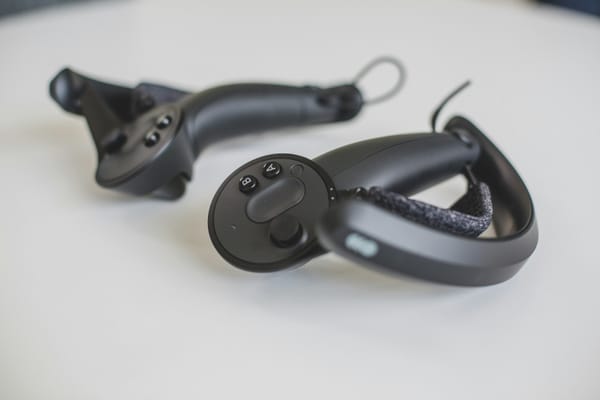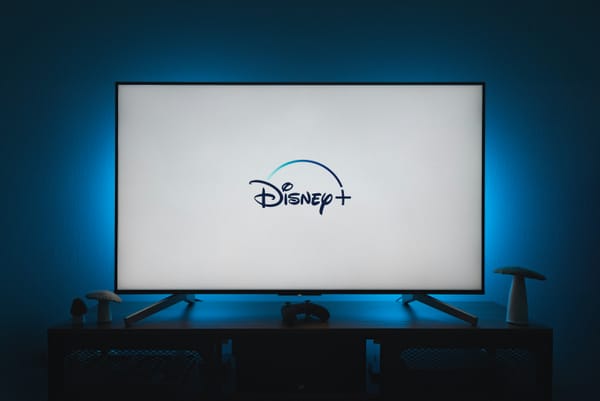22 Most Practical Use Cases for Virtual Reality In Architecture
Step into the future of design! Discover the transformative impact of virtual reality in architecture. Elevate projects with immersive innovation
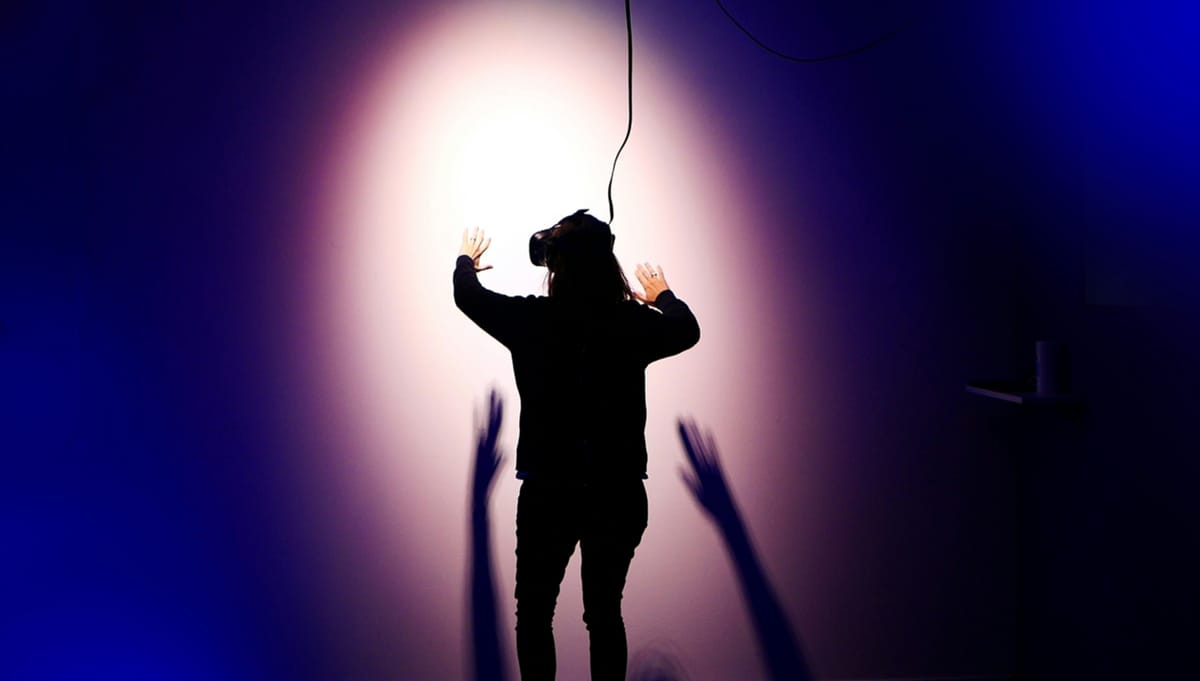
Embark on a journey through the groundbreaking realm of Virtual Reality In Architecture, where digital creativity meets tangible design. Explore the immersive possibilities of virtual spaces, delve into the intricacies of 3D modeling, and witness how Virtual Reality revolutionizes the way architects conceptualize and present their visions.
Step into the virtual workspace where innovation knows no bounds, guiding you through a landscape where ideas spring to life with a mere click. Join us as we unravel the endless potential of Virtual Reality in shaping the future of architectural design.
Table of Contents
- What Is Virtual Reality?
- 22 Most Practical Use Cases for Virtual Reality In Architecture
- How Can Virtual Reality Be Used In Construction?
- Complete Step-by-Step Guide On How To Use Fluid's Free Apple Vision Pro Alternative for Meta Quest
- Get The Apple Vision Pro Experience for A Fraction of The Cost With Fluid
What Is Virtual Reality?
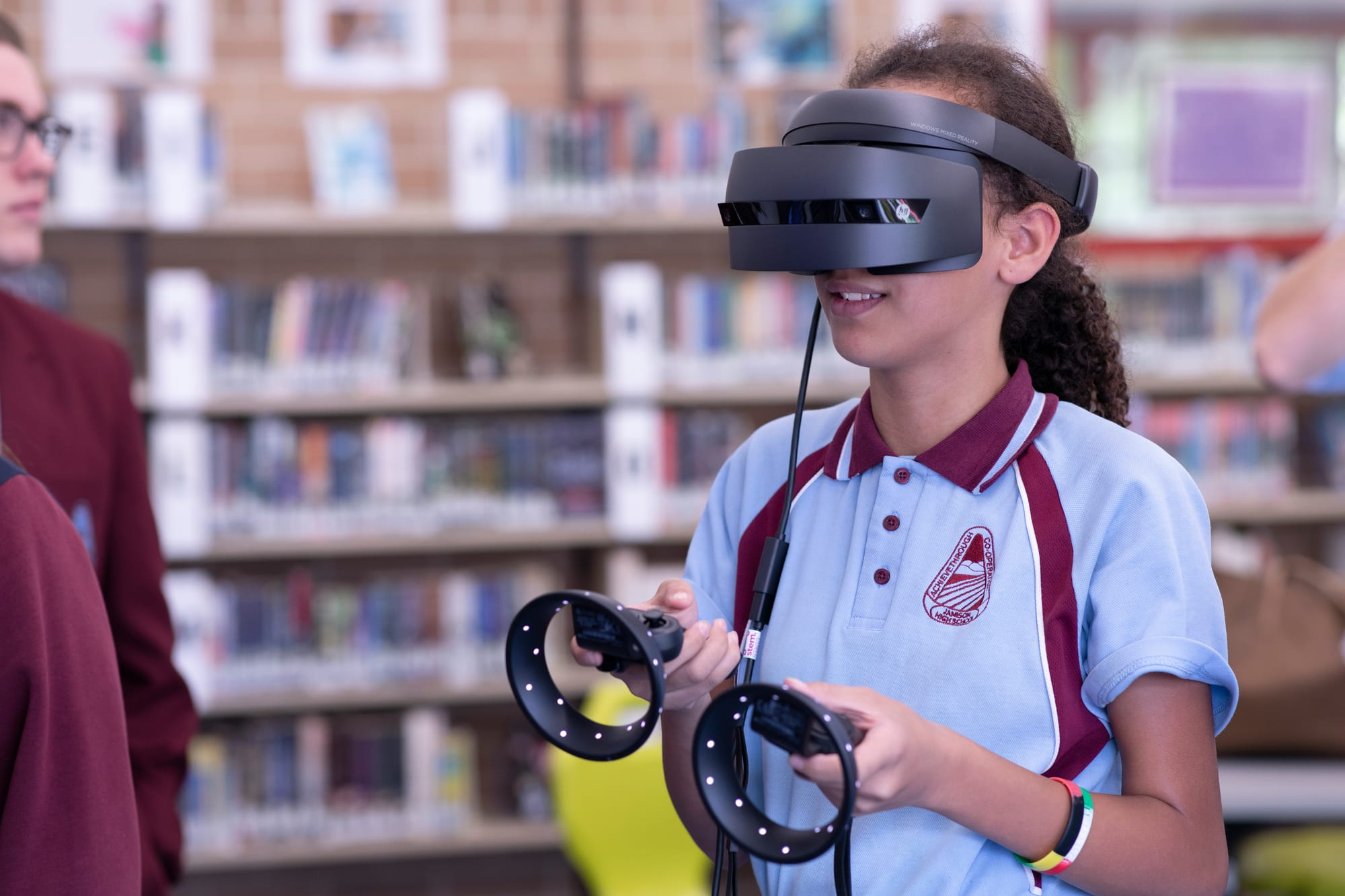
Virtual Reality (VR) is a computer-generated simulation of a three-dimensional environment that can be interacted with in a seemingly real or physical way by a person using special electronic equipment, such as a headset. This technology allows architects and designers to step into their projects before they are even built, offering a fully immersive experience that revolutionizes the design process.
By creating virtual environments that can be explored and modified in real-time, VR in architecture enhances collaboration, communication, and decision-making, leading to more efficient and effective design outcomes.
Fluid: Transforming Virtual Reality into a Spatial Computer
Fluid allows you to create a flexible workspace in XR on the Meta Quest. With Fluid, you can place big screens anywhere in augmented reality. The most game-changing feature of all: Fluid allows you to create a virtual workstation with VR/AR using the Meta Quest, with virtually any screen size.
Turn your VR headset into a spatial computer for free today with Fluid and break free from physical screens to experience an unparalleled level of flexibility and immersion in your work and entertainment.
Related Reading
- Vr Workplace
- Augmented Reality In The Workplace
- Vr Work From Home
- Vr Design
- Vr Training
- Vr Programs
- Vr In Business
- Vr Marketing
- Vr Conferencing
- Vr Meetings
- Virtual Reality Business Applications
22 Most Practical Use Cases for Virtual Reality In Architecture
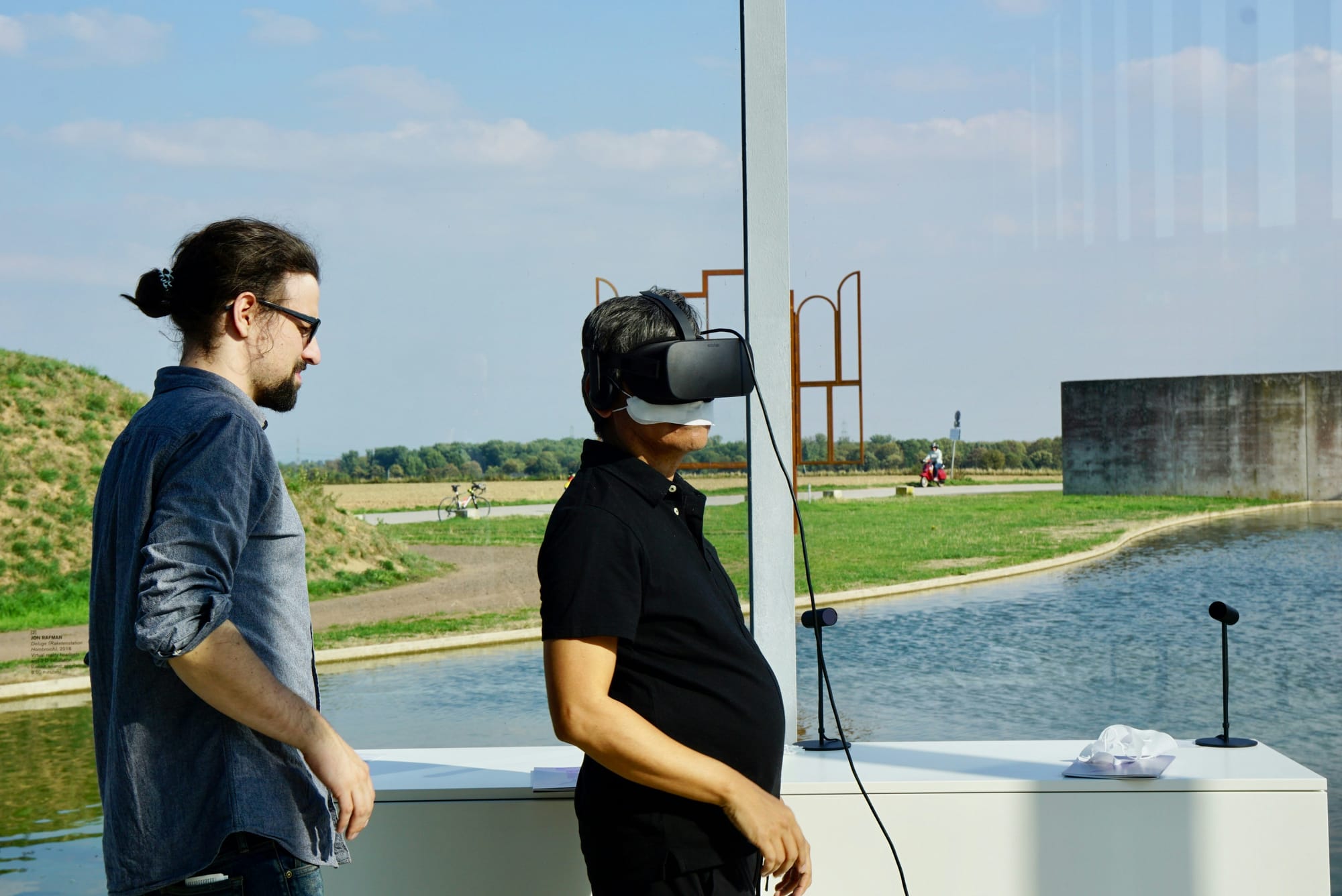
1. Design Visualization
Architects can use VR to visualize and experience their designs in a more immersive and realistic way before construction begins.
2. Building Inspection
Conducting virtual inspections of buildings allows architects to identify any potential issues or improvements early on in the process.
3. Client Presentations
Presenting architectural designs to clients in VR provides a more engaging and interactive experience, allowing for better communication and understanding.
4. Interior Design
VR can be used to explore different interior design options and furniture layouts within a space to optimize functionality and aesthetics.
5. Urban Planning
City planners can use VR to simulate and visualize urban developments, helping to make informed decisions about infrastructure and urban design.
6. Collaborative Design
Team members can work together in a virtual environment regardless of their physical location, enhancing collaboration and productivity.
7. Historic Preservation
VR can be used to recreate and preserve historic buildings and sites, allowing users to experience and learn about them in a virtual setting.
8. Space Planning
Virtual reality enables architects to test different spatial arrangements and layouts efficiently, optimizing space utilization.
9. Accessibility Design
Architects can simulate and experience designs from the perspective of individuals with disabilities to ensure buildings are accessible to all.
10. Lighting Analysis
VR can simulate natural and artificial lighting conditions within a space, helping architects make informed decisions about lighting design.
11. Material Selection
Virtual reality can showcase different materials and finishes, allowing architects to visualize and compare options before making selections.
12. Environmental Impact Assessment
Architects can use VR to assess the environmental impact of their designs, such as energy consumption and sustainability measures.
13. Construction Site Planning
VR can aid in planning construction sequences, logistics, and safety measures on-site, optimizing the construction process.
14. Virtual Tours
Offering virtual tours of architectural designs allows clients and stakeholders to explore the space interactively, even before it's built.
15. Marketing and Sales
VR can be used as a powerful marketing tool to showcase architectural projects to potential buyers or investors in a compelling way.
16. Simulations
Architects can simulate various scenarios, such as crowd behavior or natural disasters, to design safer and more resilient buildings.
17. Training and Education
VR can provide an immersive learning experience for architecture students, allowing them to practice design skills in a realistic environment.
18. 3D Modeling
Architects can create detailed and accurate 3D models of their designs in VR, facilitating better visualization and communication.
19. Client Feedback
Clients can provide feedback on designs more effectively in VR by experiencing the space firsthand, leading to better design iterations.
20. Virtual Reality Showrooms
Showcasing architectural products and finishes in a virtual showroom setting can enhance the customer experience and facilitate decision-making.
21. Remote Consultations
Architects can conduct virtual consultations with clients and stakeholders, saving time and resources on travel while maintaining effective communication.
22. Virtual Reality Walkthroughs
Offering immersive walkthrough experiences of architectural designs allows users to explore and engage with spaces as if they were physically present.
Unlocking Flexible Workspaces
Fluid allows you to create a flexible workspace in XR on the Meta Quest. With Fluid, you can place big screens anywhere in augmented reality. Fluid enables flexible workspaces and entertainment, cloud gaming, and much more. The most game-changing feature of all: Fluid allows you to create a virtual workstation with VR/AR using the Meta Quest, with virtually any screen size.
You can create your own $5,000+ work setup in VR/AR and take it wherever you’d like. Fluid solves remote working and remote work collaboration, long-distance relationships, remote teams, small startups with distributed co-founders, gamers that want a portable VR/AR gaming set, students, and much more. Turn your VR headset into a spatial computer for free today with Fluid. Break free from physical screens, watch content on a big screen from anywhere, get into a deep flow state by being immersed in your work, and create a flexible workspace anywhere with Fluid.
How Can Virtual Reality Be Used In Construction?
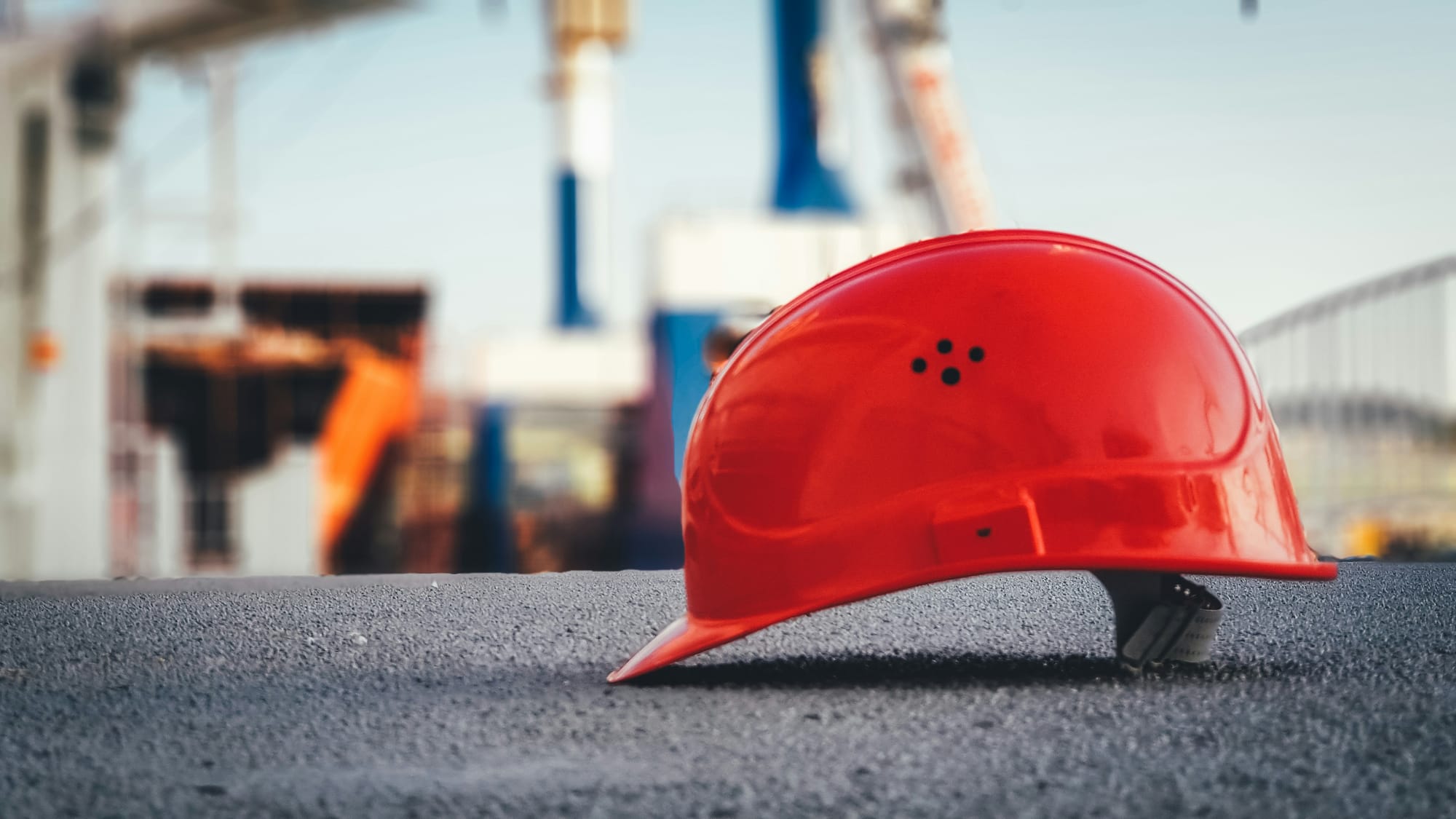
Virtual Reality (VR) technology has revolutionized the way architects and construction professionals design and visualize projects. By creating immersive 3D environments, VR allows stakeholders to take virtual tours of buildings before they are even constructed. This not only enhances the design process but also facilitates better communication and collaboration among team members.
Early Issue Detection
One of the key benefits of using VR in construction is the ability to identify potential issues early on. By immersing themselves in a virtual model of the building, architects and engineers can spot design flaws, clashes, or other problems that may not be apparent in 2D drawings. This early detection can help prevent costly mistakes and delays during the construction phase.
Planning and Coordination with VR in Construction
VR can also aid in the planning and coordination of construction activities. Contractors can use VR simulations to visualize the construction process, sequence tasks, and optimize workflows. This can lead to increased efficiency, improved safety, and better overall project management.
Enhancing Stakeholder Engagement through VR
Another advantage of VR in construction is its ability to enhance client presentations and stakeholder engagement. Instead of relying on blueprints or 2D renderings, architects can offer clients a fully immersive experience where they can walk through their future building in virtual reality. This not only helps clients better understand the design but also allows them to provide feedback and make informed decisions.
Virtual Reality technology has revolutionized the architecture and construction industry by offering a more immersive, interactive, and efficient way of designing and visualizing projects. By harnessing the power of VR, construction professionals can improve collaboration, reduce errors, enhance planning, and ultimately deliver better-built environments.
Experience Fluid: Transforming Workspaces with Virtual Reality
Fluid allows you to create a flexible workspace in XR on the Meta Quest. With Fluid, you can place big screens anywhere in augmented reality. Fluid enables flexible workspaces and entertainment, cloud gaming, and much more. The most game-changing feature of all: Fluid allows you to create a virtual workstation with VR/AR using the Meta Quest, with virtually any screen size. You can create your own $5,000+ work setup in VR/AR and take it wherever you’d like to.
Fluid solves remote working and remote work collaboration, long-distance relationships, remote teams, small startups with distributed co-founders, gamers that want a portable VR/AR gaming set, students, and much more. Turn your VR headset into a spatial computer for free today with Fluid. Break free from physical screens, watch content on a big screen from anywhere, get into a deep flow state by being immersed in your work, and create a flexible workspace anywhere with Fluid.
Related Reading
- Virtual Reality In Healthcare
- Virtual Reality In The Classroom
- Virtual Reality Therapy
- Teams Vr
- Working In Vr
- Vr Collaboration
- Vr Educational Apps
- Vr Data Visualization
- Virtual Reality Presentation
- Vr Prototyping
- Enterprise Virtual Reality
- Immersed Vs Virtual Desktop
- Vr Productivity Apps
- Virtual Reality For Training Employees
- Benefits Of Virtual Reality In Business
Complete Step-by-Step Guide On How To Use Fluid's Free Apple Vision Pro Alternative for Meta Quest
Watch these videos to learn more about what Fluid is:
Watch this step-by-step guide to learn how to use Fluid's Free Apple Vision Pro Alternative for Meta Quest:
Get The Apple Vision Pro Experience for A Fraction of The Cost With Fluid
Fluid, a groundbreaking feature on the Meta Quest, revolutionizes the way we perceive workspaces in virtual and augmented reality. By seamlessly integrating with XR technology, Fluid empowers users to create flexible work environments that transcend physical limitations. Imagine being able to position large screens anywhere in augmented reality, allowing for unparalleled customization and productivity. This flexibility extends beyond traditional work settings, enabling cloud gaming, entertainment, and much more.
Creating Virtual Workstations with Fluid on Meta Quest
One of the most game-changing features of Fluid is its ability to transform the Meta Quest into a virtual workstation with VR/AR capabilities. Gone are the days of being tethered to a physical desk or monitor. With Fluid, users can emulate a high-end work setup worth thousands of dollars in VR/AR, all while enjoying the freedom to work from any location.
This innovation not only addresses the needs of remote workers and collaborative teams but also caters to individuals in long-distance relationships, distributed startups, gamers seeking portable VR/AR experiences, students, and beyond.
Empowering Spatial Freedom and Collaboration
Fluid offers a pathway to break free from the constraints of physical screens, opening up a world of possibilities for remote work and entertainment. Whether you're watching content on a virtual big screen or immersing yourself in a deep flow state while working, Fluid enhances productivity and creativity by providing a truly flexible workspace. The fluidity of this technology transcends boundaries and fosters collaboration among remote teams, making it a game-changer for modern work dynamics.
Experience the Future of Work and Play with Fluid
Transform your VR headset into a spatial computing powerhouse today with Fluid. Embrace a new way of working and living as you unlock the potential of virtual reality architecture. By leveraging Fluid, you can tap into the benefits of spatial flexibility, seamless collaboration, and immersive experiences like never before. Say goodbye to traditional work constraints and hello to a world where your workspace adapts to your needs, wherever you may be.
Join the revolution of Fluid and elevate your VR/AR experience to new heights.
